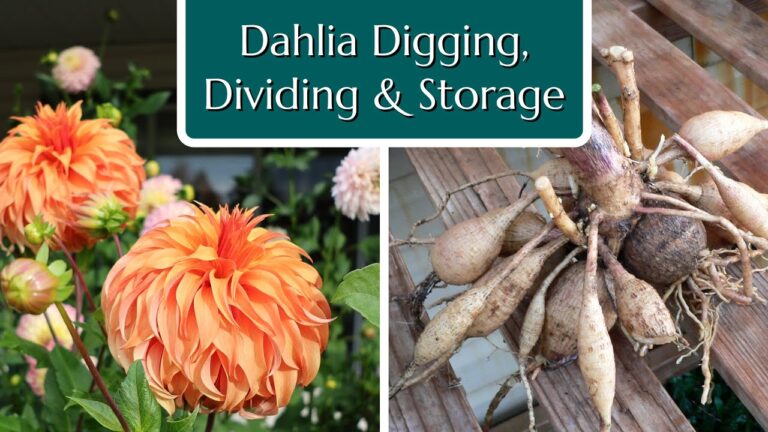If you’ve ever dreamed of growing roses from cuttings, this straightforward method shared by Jason from Fraser Valley Rose Farm could be your answer. Whether you’re starting with roses in your garden or a potted rose from the store, this propagation technique uses simple household items like a milk jug and toilet paper rolls to create a humid environment perfect for rooting cuttings. Here’s everything you need to know to try it for yourself.
Why Propagate Roses From Cuttings?
Propagating roses is a rewarding way to expand your garden, share favorite varieties, or even produce roses for sale. Unlike growing from seed, taking cuttings ensures the new plants will be identical to the parent rose. This method works especially well for those looking to save money or experiment with propagation at home.
The Tools You’ll Need
Jason’s method is refreshingly simple and accessible, requiring only:
- A 4-liter (1-gallon) milk or water jug
- A shallow Tupperware container (without the lid)
- Toilet paper rolls (one for each cutting)
- Potting soil (a light mix like cactus soil or standard potting mix with perlite)
- Pruners
- Rooting hormone (optional but recommended)
- A misting spray bottle
These items combine to create a makeshift propagation chamber that maintains humidity and encourages rooting.
Step 1: Choosing and Preparing the Cuttings
The first step is selecting the right stems for propagation. Jason recommends choosing stems that are either in bloom or just past bloom. These stems signal that the wood is mature enough for rooting. Avoid sections that are entirely flowers or overly woody stems, as they won’t root as effectively.
- Cutting preparation: Trim the stem to about 4–6 inches long, leaving several healthy leaves. Remove any flowers and reduce excess foliage to minimize moisture loss. The most important cut is at the base, just below a leaf node, as this is where new roots will emerge.
Step 2: Setting Up the Propagation Chamber
This setup creates the perfect conditions for your cuttings to thrive:
- Fill toilet paper rolls with potting soil, ensuring it is lightly but firmly packed to hold its shape. Place the rolls into the Tupperware container.
- Cut the bottom off the milk jug and place it over the container to act as a humidity dome.
- Insert the prepared cuttings into the soil, dipping the base in rooting hormone first if desired.
Step 3: Maintaining Humidity and Monitoring Progress
The milk jug’s primary role is to trap humidity, keeping the cuttings hydrated while they develop roots. Condensation on the inside of the jug is a good indicator that the humidity level is sufficient. Jason recommends misting the cuttings as needed—this could range from every couple of days to once a week, depending on your environment. The goal is to maintain consistent humidity, not to saturate the cuttings.
It’s equally important to provide the right light and temperature. Place the setup in a location with indirect light and stable temperatures around 21°C (70°F). Avoid direct sunlight, as the small container can overheat quickly, damaging the cuttings.
Step 4: Rooting and Transplanting
After about two to three weeks, the cuttings should begin to root. During this time, you may notice some leaves yellowing and dropping. This is normal as the cuttings redirect their energy toward root development.
Once roots grow through the paper rolls, the cuttings are ready for transplanting. You can either remove the paper or leave it intact—it will decompose naturally in the soil. Pot the rooted cuttings into larger containers with a well-draining mix and allow them to grow on.
Step 5: Growing Your New Roses
After rooting, the young roses will need time to establish themselves. By overwintering in pots and repotting into larger containers, these plants can grow to a size suitable for planting in the garden or even selling. Jason demonstrates this with the rose variety Bonica, showcasing a beautiful, fully bloomed plant within months of propagation.
Key Takeaways
Jason’s milk jug method offers a simple yet effective way to propagate roses using items most gardeners already have on hand. The keys to success include:
- Selecting semi-mature stems with leaves and a node.
- Maintaining consistent humidity and temperature during rooting.
- Transplanting and nurturing the young roses as they grow.
With patience and a little care, you can produce beautiful roses for your garden or to share with friends.
Ready to Try It Yourself?
Have questions about propagating roses? Whether you’re using a milk jug and toilet paper rolls or exploring other methods, feel free to drop your questions in the comments below. You can also check out the full video on Jason’s YouTube channel for a step-by-step visual guide. Happy gardening!




